Maybe the biggest challenge we face as a society is our ability to unlearn – to let go of – outdated concepts and beliefs in order to adopt new approaches. Our everyday lives are dominated by outdated concepts: change the oil every 3,000 miles, don’t wear white before Memorial Day, only senior management has the best ideas, don’t eat dessert until you’ve cleaned your plate, trade wars are easy to win, leeches work wonders on headaches, etc.
Well, I’m going to throw down the gauntlet and challenge everyone to open their minds to the possibility of new ideas and new learning. That does not mean you should blindly believe, but instead, should invest the time to study, unlearn and learn new approaches and concepts.
“You can’t climb a ladder if you’re not willing to let go of the rung below you.”
As the new Chief Innovation Officer at Hitachi Vantara (yes, I have a new, more relevant, very exciting role), leveraging ideation and innovation to derive and drive new sources of customer, product and operational value is more important than ever. So, Hitachi Vantara employees and customers, be prepared to change your frames; to challenge conventional thinking with respect to how we blend new concepts – AI / ML, Big Data, IOT – with tried and true ideas – Economics, Design Thinking – to create new sources of value. And let’s start that unlearning/learning process with this list for 2020:
- Listening to learn versus listening to respond.
- Empowering management versus dictating management.
- Value in use versus value in exchange.
- Predicting versus reporting.
- Autonomous versus automate.
- Learning versus rules.
But first, a bit more about the “Art of Unlearning.”
What is Unlearning?
Unlearning is the ability to discard something learned (bad habit or outdated information) from one’s memory and everyday use. Unlearning is especially hard if you have spent a lifetime perfecting something.
It takes years – sometimes a lifetime – to perfect certain skills. But once we get comfortable with those skills, we become reluctant to change. We are reluctant to unlearn what we’ve taken so long to master. It is hard to un-wire those synoptic nerve endings and deep memories than it was to wire them in the first place. It’s not just a case of thinking faster, smaller or cheaper; it necessitates thinking differently (see Figure 1).
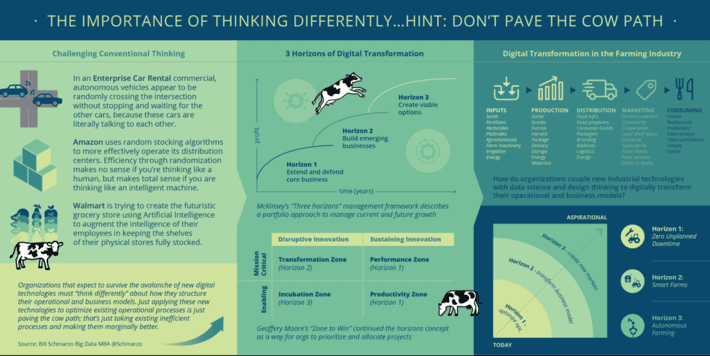
Figure 1: Importance of Thinking Differently…Hint: Don’t Pave the Cow Path
How do you go about unlearning so that you can learn anew?
- Be open to the ideas and positions of others who may have different opinions or perspectives than you. Remember: all ideas are worthy of consideration
- Seek out diverse and conflicting narratives. Read articles or listen to podcasts on positions that are different than your own.
- Embrace critical thinking, which is the objective analysis and evaluation of an issue in order to form a viable and justifiable position.
- Actively challenge your beliefs; consider the frame you are using to make your decisions and contemplate what might happen if you were willing to discard that frame.
In the book “The Runaway Species”, Anthony Brandt and David Eagleman propose a creativity framework comprised of three basic techniques: bending, breaking and blending. Unlearning opens the opportunity to “bend, break or blend” what you already know to create something new and more powerful.
1) Listening to Learn versus Listening to Respond
One human weakness is that we are very quick to jump to solutions; we ask some superficial questions in order to be better positioned to respond, versus asking detailed questions to really learn and empathize. Design Thinking is one way to help offset that weakness.
Design thinking is a human-centric approach that creates a deep understanding of users in order to generate ideas, build prototypes, share what you’ve made, embrace the art of failure and put your innovative solution out into the world. Design Thinking may be both the most powerful, yet abused concept I know. And that’s entirely based upon the intent of the listener. The starting point for the Design Thinking process is to build a sense of empathy for the customer (see Figure 2).
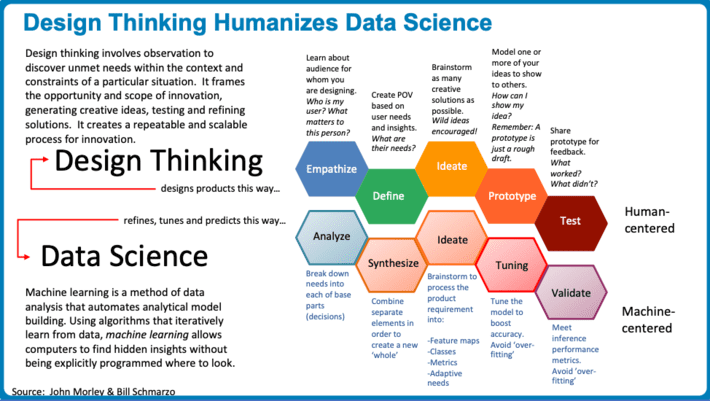
Figure 2: “Design Thinking: Future-proof Yourself from AI”
This Empathize process captures what your users are trying to accomplish (i.e., tasks, roles, responsibilities, expectations, gains and pains). Walk in their users’ shoes by shadowing them, and where possible, actually become a user yourself. That involves understanding: What are their usage patterns and engagement characteristics? What are they trying to accomplish and why? What matters to this person? What are their gains or sources of value in their endeavor? What are their impediments (pains) to success? What frustrates them most?
2) Empowering Management versus Dictating Management
Classic management is a “Tell and Do” employee relationship; a command-and-control structure that excels in fixed types of situations and engagements. But add a bit of uncertainty into that model, and the command-and-control structure quickly falls apart. We watched the movie “Black Hawk Down” and the 1993 Battle of Mogadishu in horror as the directions for the US ground troops to navigate Mogadishu had to be relayed to and answered by the superiors as the troops were under deadly enemy fire.
“The Orion spy plane could see what was happening but couldn’t speak directly to Lieutenant Colonel Danny McKnight. So, it relayed information to the commander at Joint Operations Command (JOC). Next, the JOC commander called the command helicopter. Finally, the command helicopter radioed McKnight. By the time McKnight received directions to turn, he’d already passed the road.” (Source: The History Reader)
General Stanley McChrystal details in “Team of Teams” a similar challenge using a traditional command-and-control management style in combating insurgents in Iraq. General McChrystal totally reframed his enemy engagement approach to rely upon smaller, cohesive teams that could more quickly respond to a changing warfare environment.
“Whiteboards versus Maps” highlights the difference in empowering versus dictating management styles. A rigidly-defined map – like a command-and-control management style – can quickly become a liability, unable to respond to changing customer and market conditions. Whiteboards, on the other hand, represent a “way of thinking”, where challenges can be quickly explored, refined, and morphed before being implemented (see Figure 3).
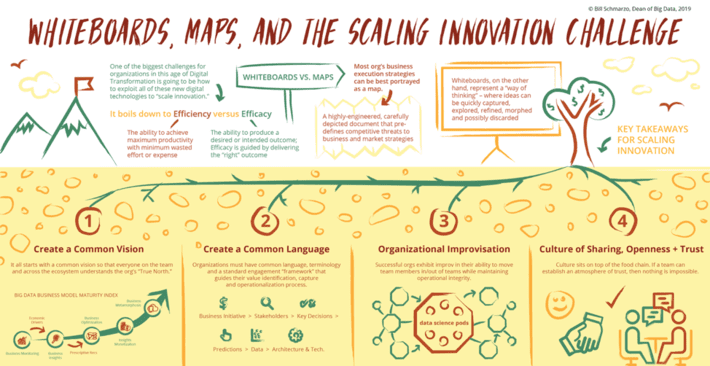
Figure 3: “Scaling Innovation: Whiteboards versus Maps”
As AI increases the importance of augmenting the intelligence of front-line employees, we need to focus on improving the weakest link in the system for the system to reach its full potential.
3) Value in Use (Economics) versus Value in Exchange (Accounting)
Sebastian Thrun, in the Artificial Intelligence podcast with Lex Fridman, “Flying Cars, Autonomous Vehicles, and Education” talked about how DARPA transformed the DARPA Autonomous Car Grand Challenges by paying reward money ($2M) based not on the traditional measure of hours put against writing a paper on the topic, but upon the results/outcomes of the DARPA Autonomous Car Challenges. Instead of awarding DARPA funds based upon how many hours a firm spent in writing about something (a traditional way of paying the Belt Way Bandits) for the Autonomous Vehicle Challenges, DARPA decided to pay the winning car. The results were eye-opening especially in terms of the diversity of ideas that were pursued to win the prize money.
Most organizations make business and operational decisions based upon accounting GAAP rules, a retrospective methodology for determining valuation (value in exchange). Economics, on the other hand, brings a forward perspective on determining valuation. Organizations that use an economics frame to measure and manage their business operations focus on the value or wealth that an asset can create (value in use). If one wants to exploit data and analytics to enable “doing more with less”, then one must embrace an economics mentality (see Figure 4).
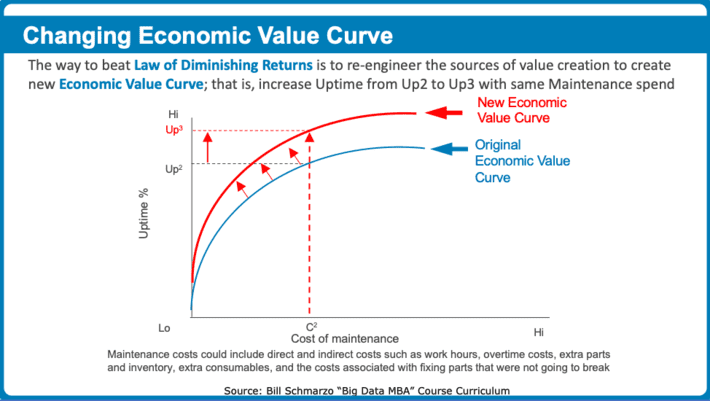
Figure 4: “Using the Economics Value Curve to Drive Digital Transformation”
If you are still confused, here is a simple test: Why is the car of an Uber driver more valuable than my own? Because the Uber driver is using their car to generate more value (money) than the value that I generate from my car. Note: this fact will eventually have HUGE impacts on the profit structure of the automotive industry.
4) Predicting versus Reporting
“Anything you can report, you can predict.”
Okay, on the surface, that seems like an outrageous statement. But what we have found in using our “Thinking Like A Data Scientist” methodology, is that comment is perfect in helping business stakeholders to cross the Analytics Chasm.
Crossing the Analytics Chasm requires an understanding of economics and how the organization can leverage digital economics to identify and capture the new sources of customer and market value creation. Crossing the Analytics Chasm requires (see Figure 5):
- Transitioning from an organizational mentality of using data and analytics to monitor the business to predicting what’s likely to happen and prescribing recommended actions.
- Maturing beyond aggregating data in order to control the costs of storage and data management to a mentality of hording every bit of detailed historical data, complemented with a wealth of external data sources about every customer, employee, product and asset.
- Expanding data access from a restrictive data access model to enabling access to all data consumer that might derive and drive business and operational value from the data.
- Transitioning from batch data processing to an operational model that can process and analyze the data in real-time in order to capture business value in the act of happening.
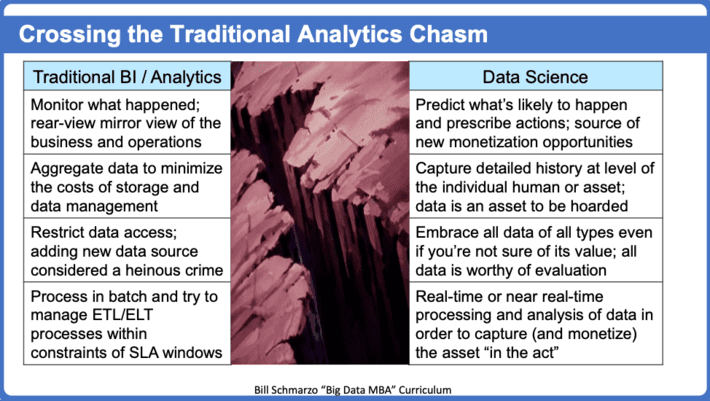
Figure 5: Crossing the Traditional Analytics Chasm
5) Autonomous versus Automate
But want to go even further? How about changing your frame from Automate to Autonomous? Making that change requires that organizations Cross the AI Chasm. Crossing the AI Chasm will be more an organizational and cultural challenge than a technology challenge. Crossing the AI Chasm not only requires gaining organizational buy-in, but more importantly, it necessitates creating a culture of continuous learning at the front-lines of customer and/or operational engagement.
Crossing the AI Chasm requires:
- Creating a culture of continuous learning.
- Capturing and augmenting front-line operational intelligence.
- Mastering the unique economics of data and analytics.
- Building assets that appreciate, not depreciate, through usage.
- Training everyone to “Thinking Like A Data Scientist.”
Crossing the AI Chasm doesn’t require the proverbial leap of faith. It just requires senior management to loosen the reins a bit and let the learnings fueled by AI flourish at the front-lines of customer and operational engagement.
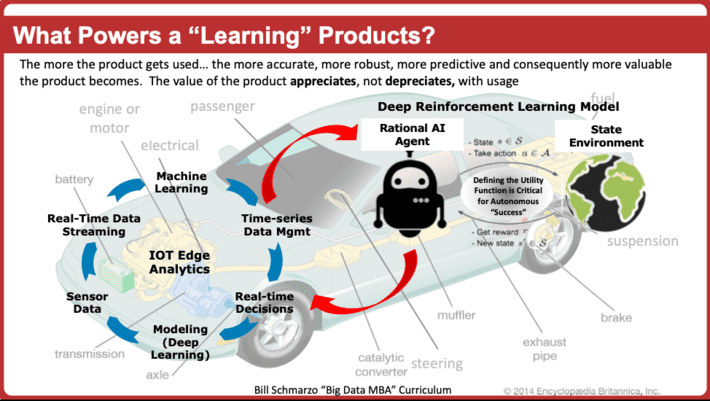
Figure 6: Crossing the AI Chasm
Autonomous enables devices to experience, experiment, learn and improve their operational effectiveness through usage…without human intervention. Now that’s cool!
6) Learning versus Rules
Most traditional analytics are rule based; the analytics would make decisions guided by a documented set of criteria. However, AI (Deep Learning) analytics makes decisions based upon the learning gleaned from the operational data. Deep Learning learns on massive data sets (millions of records) to determine characteristics, patterns and relationships to make decisions such as cats versus dogs, tanks versus trucks, or healthy cells versus cancerous cells (see Figure 7).
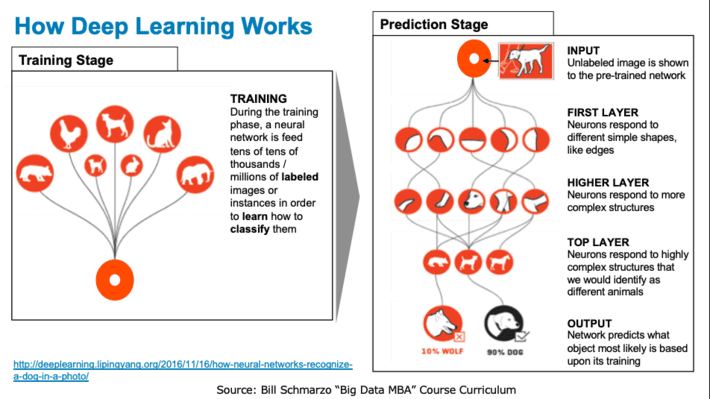
Figure 7: “Neural Networks: Is Meta-learning the New Black?”
And this learning magnifies itself when there is collaboration across a collection of similar physical assets – vehicles, trains, airplanes, compressors, turbines, motors, elevators, cranes, etc. – so that the experience and intelligence can be accumulated in a cloud to uncover and codify new learning that can then be back propagated to the individual assets (see Figure 8).
The goal of AI analytics is to leverage Deep Learning, Machine Learning and/or Reinforcement Learning to create a “Rational AI Agent” to learn a successful strategy from continuous engagement with the environment. With the optimal strategy, the agent can actively adapt to the changing environment to maximize rewards (current and future) while minimizing costs.
2020 Challenges Summary
Unlearning maybe the most valuable human characteristic (and something that we currently have over the machines). And 2020 will challenge our ability to unlearn old habits and beliefs so that we can learn anew. That unlearning will impact organizations in at least 6 ways:
- Listening to learn versus listening to respond.
- Empowering management versus dictating management.
- Value in use versus value in exchange.
- Predicting versus reporting.
- Autonomous versus automate.
- Learning versus rules.
Damn, 2020 is going to be fun. Are you ready to let go of that rung below you so that you can learn anew?
